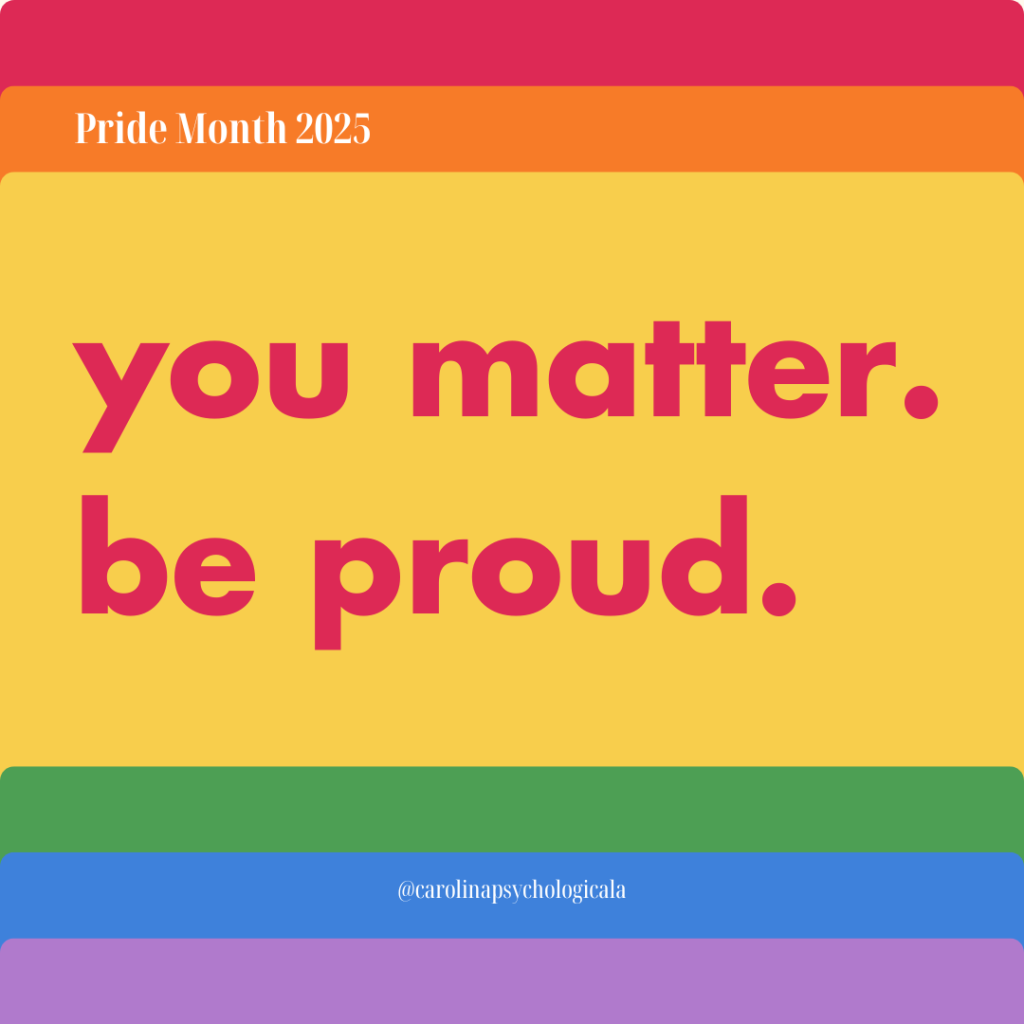Going Beyond the Father’s Day Card
Contributing Author: Elbert “Jay” Hawkins, III, Ph. D., LCMHC, NCC
As we celebrate Father’s Day, let’s take a moment to honor our fathers and the significant men in our lives holistically. To honor them holistically means recognizing and appreciating their mind, body, and soul. In addition to the gifts they may receive, festive dinners, barbecues, and thoughtful cards, let’s prioritize their mental health and well-being. The National Institute for Mental Health reports that major depressive episodes are more common among women at 10.3%, compared to 6.2% in men. The disparity is even more pronounced among adolescents, with young women experiencing these episodes at a rate of 29.2%, while young men are at 11.5%.
At first glance, these statistics might imply that men—both young and old—have everything under control, managing their stressors more effectively than women. However, the reality is that many men have become skillful at hiding, masking, and ignoring their mental health struggles. Men who are dismissive of their struggles often lead to underdiagnosis by healthcare providers and licensed clinical therapists, who may overlook symptoms of depression, anxiety, bipolar disorder, post-traumatic stress disorder, etc.
For various reasons, men hide and evade how they genuinely feel—from societal and cultural expectations about how they should express emotions to a reliance on traditional notions of masculinity—in many ways, men have become desensitized to the interplay of their mind, body, and soul. Therefore, as people who love and care for them, we must be attuned to their physical and mental health, understanding the interconnectedness of their mind, body, and soul and how this synchronization is essential for their overall well-being.
So, as we celebrate our fathers and father figures this Father’s Day and throughout June, let’s be vigilant and mindful of the following:
- Noticeable changes in their mood (e.g., excessive anger, irritability, aggression, etc.)
- A decrease in joy or happiness
- Persistent sadness or feelings of hopelessness
- Restlessness, difficulty sleeping, or sleeping too much
- An increase in worry or feeling stressed
- Sudden weight gain or weight loss
- Misuse of alcohol, drugs, or both
- Negative thoughts towards their future
- Engaging in high-risk activities
- Thoughts of death, suicidal ideation, or suicidal attempts
These are some common symptoms of depression, and when noticed, the following should be encouraged:
- Speaking with a primary care physician to fully assess matters
- Engage in therapy (i.e., individual, group, or virtually)
- Explore medication treatment (i.e., conventional, or non-conventional methods)
- Identify someone you can trust and talk with without judgment (e.g., a close friend or family member)
- Lean on family and positive support systems.
- Find community (e.g., fraternal organizations, sporting activities, religious or spiritual spaces, virtual spaces, etc.)
- Create community
- Tap into religious or spiritual beliefs.
- Explore aspects of mother nature (e.g., gardening, hiking, smelling the roses, safely soaking in the sun, etc.)
- Physical activities (e.g., walking, running, biking, golfing, swimming, lifting weights, etc.)
- Mindfulness activities (e.g., journaling, listening to music, meditating, sketching, deep belly breathing, disconnecting/unplugging, engaging in a good book, etc.)
Honoring the men in our lives should go beyond a single thoughtful card each year—it should be a daily and intentional commitment.








